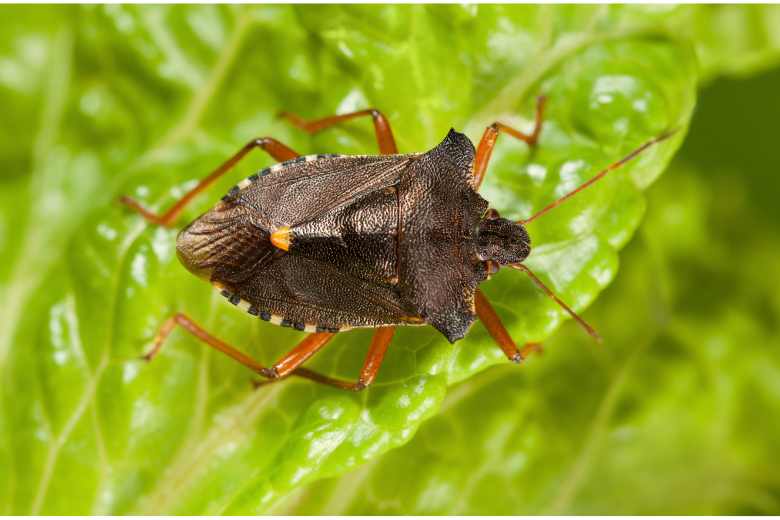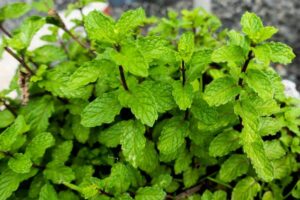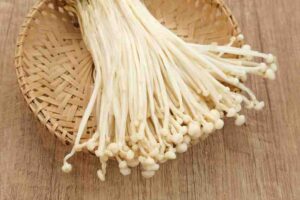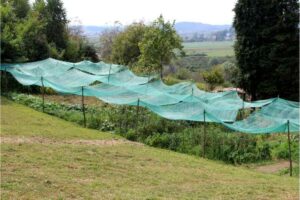
When it comes to growing lettuce, dealing with pesky bugs and insects can be a real challenge. However, nature provides us with an effective solution: companion planting.
By strategically selecting plants that naturally repel bugs, you can create a harmonious garden ecosystem that keeps those unwanted pests at bay. Moreover, planting the right companion plants around your lettuce can help deter these bugs and protect your crop.
However, let’s explore the best companion plants to grow alongside lettuce to deter bugs and promote healthy, thriving crops. Discover the power of companion planting and unlock the secrets to a bug-free lettuce garden.
Before that, try to understand why it is significant to add companion plants. Continue reading.
Why Companion Planting Matters
Companion planting involves the strategic arrangement of different plant species to enhance their growth, deter pests, and improve overall garden health. By harnessing the natural properties of specific plants, you can create a symbiotic relationship that benefits all the crops in your garden.
When it comes to lettuce, companion planting not only helps repel bugs but also promotes pollination, improves soil quality, and maximizes space utilization.
Companion Plants to Keep Bugs Away from Lettuce:
1. Marigolds
Marigolds are one of the top companion plants recommended for lettuce for their bug-repelling properties. The bright blossoms of marigolds release a strong scent into the air that repels many common garden pests like aphids, spiders, and nematodes.

Pros of planting marigolds with lettuce:
- Strong pest deterrent: Marigolds emit a scent from their flowers and leaves that bugs find unpleasant. This helps protect neighboring plants like lettuce.
- Easy to grow: Marigolds are low maintenance annuals that thrive in most soil and climate conditions with minimal care.
- Attract beneficial insects: In addition to repelling pests, marigolds also attract pollinators and other bugs that prey on pests.
- Long blooming season: Marigolds bloom continuously from summer to fall, providing pest protection for your lettuce crop throughout the growing period.
The only potential con is that some gardeners report marigolds can attract slugs and snails. However, the pest deterrent effect on other major lettuce bugs like aphids outweighs this.
2. Mint
Growing mint near lettuce is another effective natural pest control. The strong scent of mint leaves deters many common insect pests from feeding on or laying eggs on your lettuce plants. Mint also works as a groundcover to prevent weeds from competing with lettuce for water and nutrients.

Pros:
- Powerful scent repels pests like aphids and cabbage worms.
- Forms a dense ground cover that chokes out weeds.
- Grows quickly to protect an early stage.
Cons:
- It can be invasive: Contains mint in planters, or it may spread extensively.
- Potentially overpowering scent for some gardeners.
3. Nasturtiums
Nasturtiums are colorful, edible flowers that thrive alongside lettuce and other leafy greens. Their vibrant colors attract pollinators and beneficial insects to the garden. Additionally, the smell from nasturtium leaves and flowers masks the scent of lettuce, making it harder for pests to detect and find your crop.

Pros:
- Attract beneficial insects that prey on pests.
- Edible flowers add visual appeal and can be used in salads.
- Tolerant of most soil and weather conditions.
Cons:
May compete with lettuce for nutrients and space if planted too close.
Mainly protects against flying and crawling insect pests rather than slugs.
4. Garlic
Despite not having showy blooms, garlic is another superb companion for lettuce that works wonders to prevent pest problems. The strong scent of garlic deters many common bugs and critters that may feed on or damage lettuce, like aphids, cabbage worms, and nematodes. Crushed garlic also acts as an effective organic insecticide when sprayed on plants.

Pros:
- Potent bug repellent due to pungent smell.
- Long-lasting bulbs release a deterrent scent for months.
- Edible flowers and bulbs can be harvested.
Cons:
- Can overpower other plants if planted too close.
- May attract deer who are drawn to the garlic scent.
5. Radishes
As a fast-growing cool-season crop, radishes make a good intercrop to plant amongst your lettuce seedlings. Their foliage acts as a trap crop, luring chewing insect pests away from lettuce. Radishes also stimulate beneficial microbial activity and break up compacted soil.

Pros:
- Quick maturing in 3-4 weeks.
- Edible roots provide extra harvest.
- Trap crop redirects pests like flea beetles.
Cons:
- May compete for nutrients if sparse lettuce seedlings are planted.
- Mainly protects against surface insect pests.
Frequently Asked Questions
How close together should I plant the lettuce and other plants?
Answer: Plant the lettuce and other plants approximately two feet apart.
Are there any other methods I can use to keep bugs away from my lettuce?
Answer: Yes, you can also use row covers or insecticidal soap sprays to help keep bugs away from your lettuce.
Conclusion
When designing your lettuce and companion planting bed, consider using a diverse mix of the recommended plants mentioned to get multiple layers of protection against pests. Space plants strategically throughout the bed so their scents, colors, and foliage intermingle. With some extra planting companions, you can better enjoy your lettuce harvest pest-free!







2 Comments